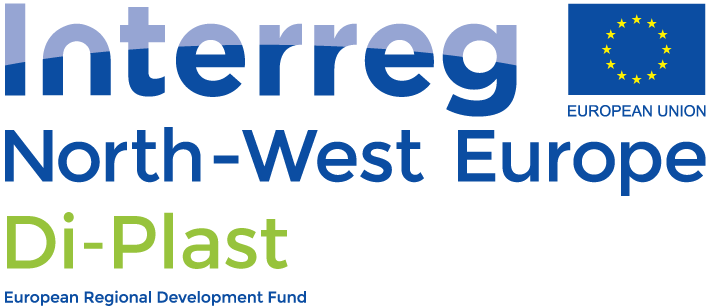This page (revision-35) was last changed on 23-Aug-2022 09:16 by Jeff Mangers
This page was created on 06-May-2022 11:01 by Jeff Mangers
Only authorized users are allowed to rename pages.
Only authorized users are allowed to delete pages.
Page revision history
| Version | Date Modified | Size | Author | Changes ... | Change note |
|---|---|---|---|---|---|
| 35 | 23-Aug-2022 09:16 | 5 KB | Jeff Mangers | to previous | |
| 34 | 23-Aug-2022 09:15 | 5 KB | Jeff Mangers | to previous | to last | |
| 33 | 23-Aug-2022 09:14 | 4 KB | Jeff Mangers | to previous | to last | |
| 32 | 23-Aug-2022 09:13 | 5 KB | Jeff Mangers | to previous | to last | |
| 31 | 23-Aug-2022 09:11 | 4 KB | Jeff Mangers | to previous | to last | |
| 30 | 17-Aug-2022 16:37 | 4 KB | Sophia Botsch | to previous | to last | |
| 29 | 17-Aug-2022 16:34 | 5 KB | Sophia Botsch | to previous | to last | |
| 28 | 17-Aug-2022 15:31 | 4 KB | Jonas Umgelter | to previous | to last | |
| 27 | 17-Aug-2022 15:19 | 4 KB | Jonas Umgelter | to previous | to last | |
| 26 | 16-Aug-2022 14:33 | 4 KB | Jonas Umgelter | to previous | to last | |
| 25 | 16-Aug-2022 14:13 | 4 KB | Jonas Umgelter | to previous | to last | |
| 24 | 16-Aug-2022 13:53 | 4 KB | Jonas Umgelter | to previous | to last | |
| 23 | 16-Aug-2022 13:49 | 4 KB | Jonas Umgelter | to previous | to last | |
| 22 | 16-Aug-2022 13:46 | 4 KB | Jonas Umgelter | to previous | to last | |
| 21 | 16-Aug-2022 13:44 | 4 KB | Jonas Umgelter | to previous | to last |
Page References
| Incoming links | Outgoing links |
|---|---|
